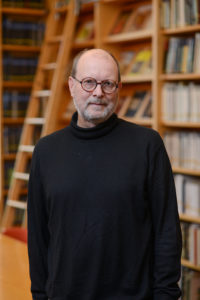TAH interview Ivan Gaskell, Bard Graduate Center, New York City
What are the most important research questions in TAH?
Technical art historians are very detail-oriented and usually seem to work within a fairly narrow frame of reference. However, collaboration is key so that their work and the resulting claims can form the basis for further questions and discussions. Ideas need to be tested against actual objects as case studies help to test abstract theories.
Do you consider technical art history a sub-field of art history?
Technical art history is a kind of a subfield that has to be integrated with many other subfields, because it has grown up during a time when collaboration has come to be more expected among scholars in the human sciences. Technical art history is not a separate discipline, except that it may be treated as such in certain circumstances for funding purposes. It is but one of many subfields of the discipline of art history. A separate identity is not necessary for technical art history as its modes of addressing art works are interdependent with those of other subfields in art history.
Is TAH an enhanced and more scientific’ connoisseurship?
Technical art history, as Maryan Ainsworth has pointed out, is a means of making a larger body of evidence available regarding artworks than previously. Technical art history does little more than add information to a set of procedures that remain fundamentally unchanged. It has not changed epistemological assumptions prevalent in art history.
What do you see as the major challenges in TAH education?
Technical art history education needs to create a platform for dialogue, interaction, and collaboration. It is tied to the human sciences and its focus should be an analytical one. The key to posing fundamental questions is, first, to treat theory and practice as complementary, and, second, to build bridges so that scientists (social, human, and scientific) can test ideas together, and correlate research projects and claims. Social, human, and hard scientists ideally need to work together, and this should be a major consideration of technical art history education.


